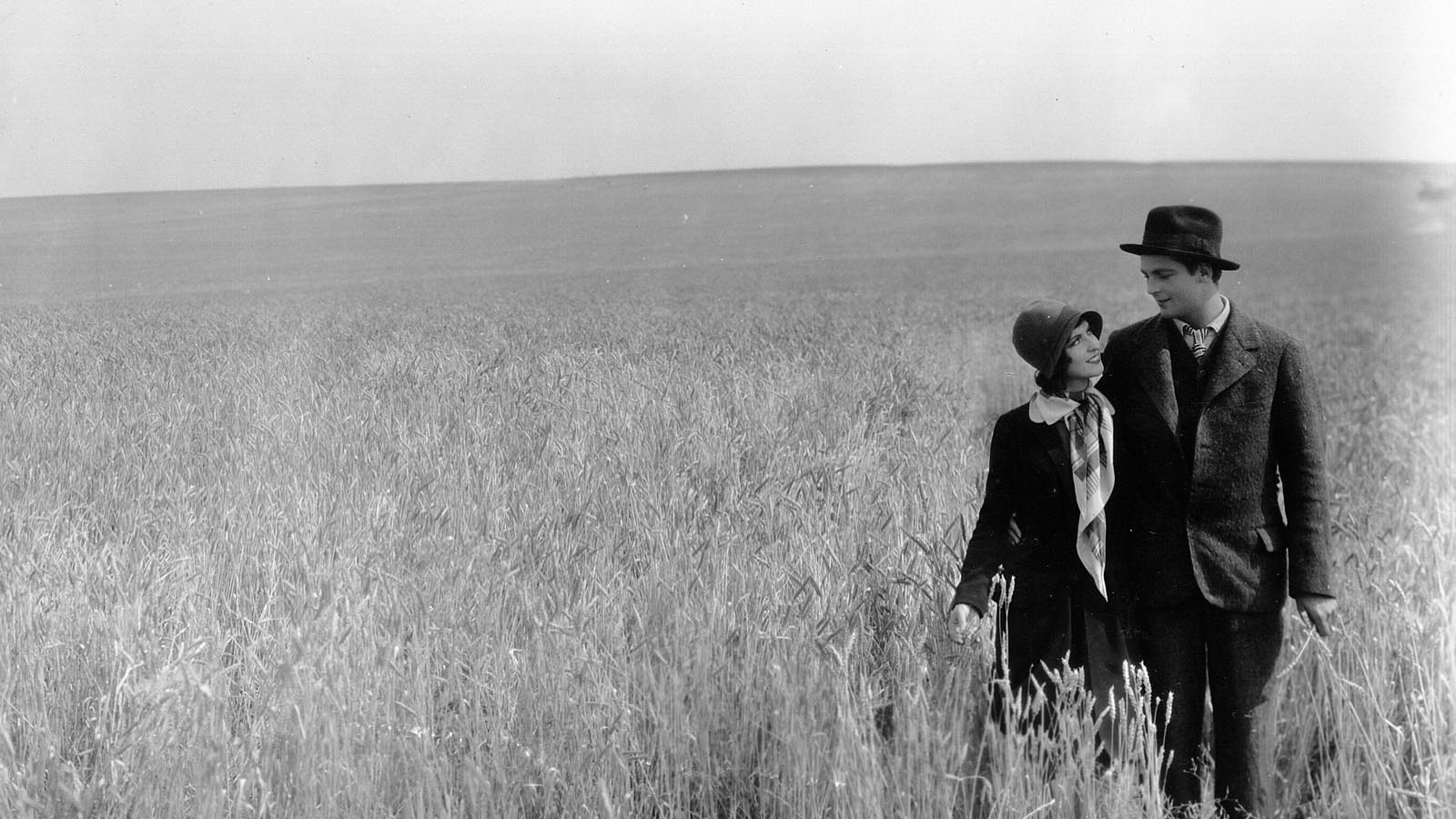MoMA Presents Fox Rarities

There’s quite a story behind William Fox Presents: Restorations and Rediscoveries from the Fox Film Corporation, the series currently running through June 5 at the Museum of Modern Art in New York. It begins in 1937, when a fire in a storage vault in New Jersey destroyed all of Fox’s original negatives and most of its positive prints—films by the likes of F. W. Murnau, John Ford, Howard Hawks, Raoul Walsh, and Frank Borzage. Fortunately, Fox had stored many of its nitrate work prints and reference copies in its studio in Los Angeles.
And to hear Dave Kehr, a curator in MoMA’s Department of Film, tell it in an excellent episode of Mike Gebert’s NitrateVille podcast, Fox simply sat on them. For decades. When the studio’s insurance company threatened to stop renewing their policy unless Fox got rid of these highly flammable nitrate prints, Fox decided to do just that—trash them. That’s when producer Alex Gordon alerted Eileen Bowser, who was overseeing MoMA’s film collection. She led a team to rescue these prints and get them safely stored at MoMA, Eastman House, and the UCLA Film and Television Archive.
In the summer of 1970, Bowser selected six of these rescued films to screen at MoMA, the first public presentation of these early works by the likes of Ford and Murnau since their first theatrical runs in the 1920s and ’30s. Technology has come a long way since the ’70s, and MoMA is now presenting bright new restorations of thirty-one rarely seen gems.
More than any other studio of the period that saw the end of the silent era give way to the first sound pictures, Fox was a “directors’ studio.” Daniel Eagan, writing for Film Journal International, points out that directors at Fox during this period were “still experimenting, still learning how to use their tools.” Some credit Winfield Sheehan, the production chief at Fox during these years, for giving these directors the freedom to forge their own individual styles. Kehr notes that Fox is “the only studio I know of where they identified their stills by the name of the director and the year of the making.”
As David Cairns notes in his overview of MoMA’s series for the Notebook, besides reviving work by all these illustrious directors, the program “also makes a case for genuinely obscure journeyman talents like Sidney Lanfield, Irving Cummings, Alfred Werker, and David Butler, as well as the great William K. Howard.”
Kehr curated a program of Howard’s overlooked work for last summer’s Il Cinema Ritrovato in Bologna and notes in the NitrateVille podcast that when the legendary cinematographer James Wong Howe was asked who the most creative director he’d ever worked with might be, Howe answered, “without hesitation,” William K. Howard. Howard’s Transatlantic (1931) and Sherlock Holmes (1932) both screen on Wednesday and again on June 3.
In his latest “Forgotten” column in the Notebook, Cairns argues the case for Bad Girl (1931), a Borzage “pre-Coder, adapted from a novel and play by Vina Delmar, who later wrote The Awful Truth and Make Way for Tomorrow. Borzage is a master of sentiment so sincere it transcends the maudlin and attains a sublime Hollywood romanticism. Delmar can be more cynical, but her dry wit by no means cancels out her director’s warmth.” Bad Girl screens on Thursday and again on June 3.
Another recommendation comes from Richard Brody in the New Yorker. Raoul Walsh’s Wild Girl (1932) is a “turbulent and tangled western” that “blends the comic hyperbole of long-ago tall tales, the sentimental power of domesticity, and the tense spectacle of life and death in the daily balance.”
And in the New York Times, Ben Kenigsberg pitches David Butler’s Sunnyside Up (1929), a “delightful musical” screening June 2 and starring Janet Gaynor “as a poor city girl who has a chance for love and happiness with a Southampton heir (Charles Farrell).”
The riches are plentiful, and this program is only the first of two; MoMA will present another round of Fox restorations next year. In the meantime, Kehr will be taking some of the films from this program to Il Cinema Ritrovato in a few weeks, and in the fall, the series will arrive at UCLA.
As for William Fox, who founded the studio in 1915 and whose name lives on in an array of companies now owned by Rupert Murdoch—Fox News, 21st Century Fox, and so on—his story is told in Vanda Krefft’s biography The Man Who Made the Movies: The Meteoric Rise and Tragic Fall of William Fox. For a version of this quintessentially American tale that you can read in a single sitting, turn to John Strausbaugh at the Chiseler: “He came from pretty much nothing, built an empire, then lost it and ended up with almost nothing.” But we have the films, or at least, thanks to MoMA and UCLA, more of them than we could have hoped for after 1937.
Update, 5/27: Subscribers to the Wall Street Journal can read Kristin M. Jones’s piece on the series, while the second part of David Cairns’s overview is freely available at the Notebook.
For news and items of interest throughout the day, every day, follow @CriterionDaily.



